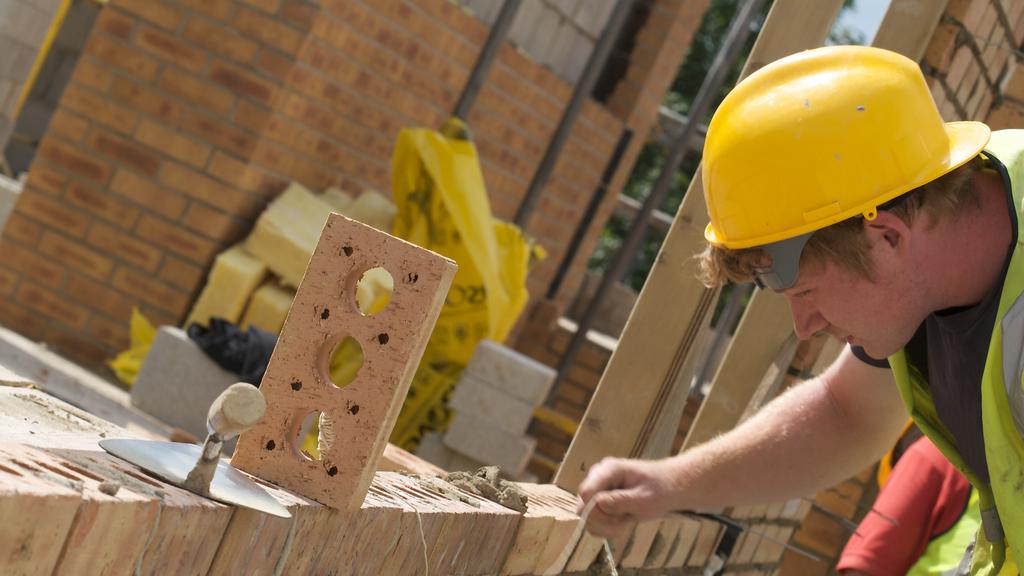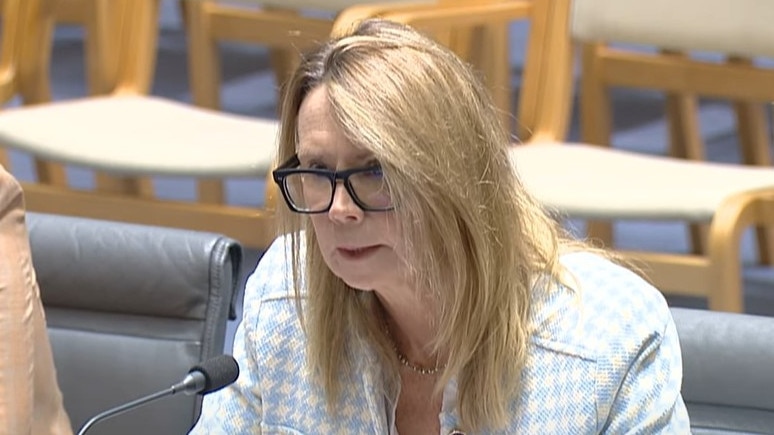Commercial confidence back but housing target under threat from industry pressures

Australia risks falling behind hitting the national housing target unless industry reforms are put in place.
The property sector wants governments to act decisively on planning reform, productivity and investment certainty in order to unlock Australia’s full economic potential, according to the results of an industry survey.
The push comes from the commercial sector where confidence is holding up.
But concerns are rising in the residential sector about the substantial margin that the industry is falling behind on the national housing target of 1.2 million new homes.
HIA managing director Jocelyn Martin said the group welcomed the vision of a unified national approach to housing supply, but warned about the lack of progress.
“There were only 168,050 dwelling commencements nationally in the 2024 calendar year,” she said.
“If we continue at this pace, Australia will fall well short of the 1.2 million homes target.”
Ms Martin said new housing starts were not keeping up with demand.
“HIA’s forecast of dwelling commencements, or gross new housing supply, shows only around 986,000 homes will be delivered to market over the five years to 2028-29,” Ms Martin said.
Builders have been hit with barriers including tight land supply, planning systems that are slow and complex, and hefty charges, taxes and red tape.

Housing Industry Association managing director Jocelyn Martin.
High interest rates, skill shortages and material costs have added to these pressures.
On the commercial side, confidence held firm in the latest Procore/Property Council Survey, signalling continued optimism across the industry despite broader economic uncertainty and frustration with the lack of reform.
The survey of 581 property professionals showed rising concern over sluggish planning systems, tax and investment settings that deter local and global capital, and the urgent need for productivity-boosting reforms to accelerate housing and infrastructure delivery.
Property Council chief executive Mike Zorbas said the results show property is a resilient sector, but investors need clearer signals from governments.
“The property industry is holding its nerve, but we need governments to get serious about tax and investment settings that will help Australian businesses attract overseas capital partners for the assets our cities need,“ he said.
“At a time when state governments have run out of money, taxes on foreign investment deter patient institutional investment that we need to build our cities.”
Mr Zorbas said outdated tax settings were deterring investment and constrained the supply of new homes, offices and industrial property assets.
“We must streamline planning and environmental approvals, reduce red tape, and enable faster delivery of housing and infrastructure”, he said.
Forward work expectations declined across every state except Queensland, signalling potential softening in future project pipelines, especially in Victoria and the ACT.
Capital growth expectations remain positive in residential, industrial, retirement living and hotel sectors, while sentiment for office and retail assets remains mixed.
Debt finance availability and interest rate expectations improved along the eastern seaboard, suggesting more favourable investment conditions ahead.
Mr Zorbas said there was a need for a nationally co-ordinated effort to unlock housing and infrastructure supply at scale.
“This is a capital-intensive industry, and Australia will need to continue attracting institutional investment to build the next generation of housing, workplaces and community infrastructure,” he said. “That means streamlining investment pathways and scrapping counter-productive taxes on foreign capital if we want to stay competitive.”







